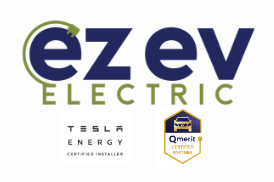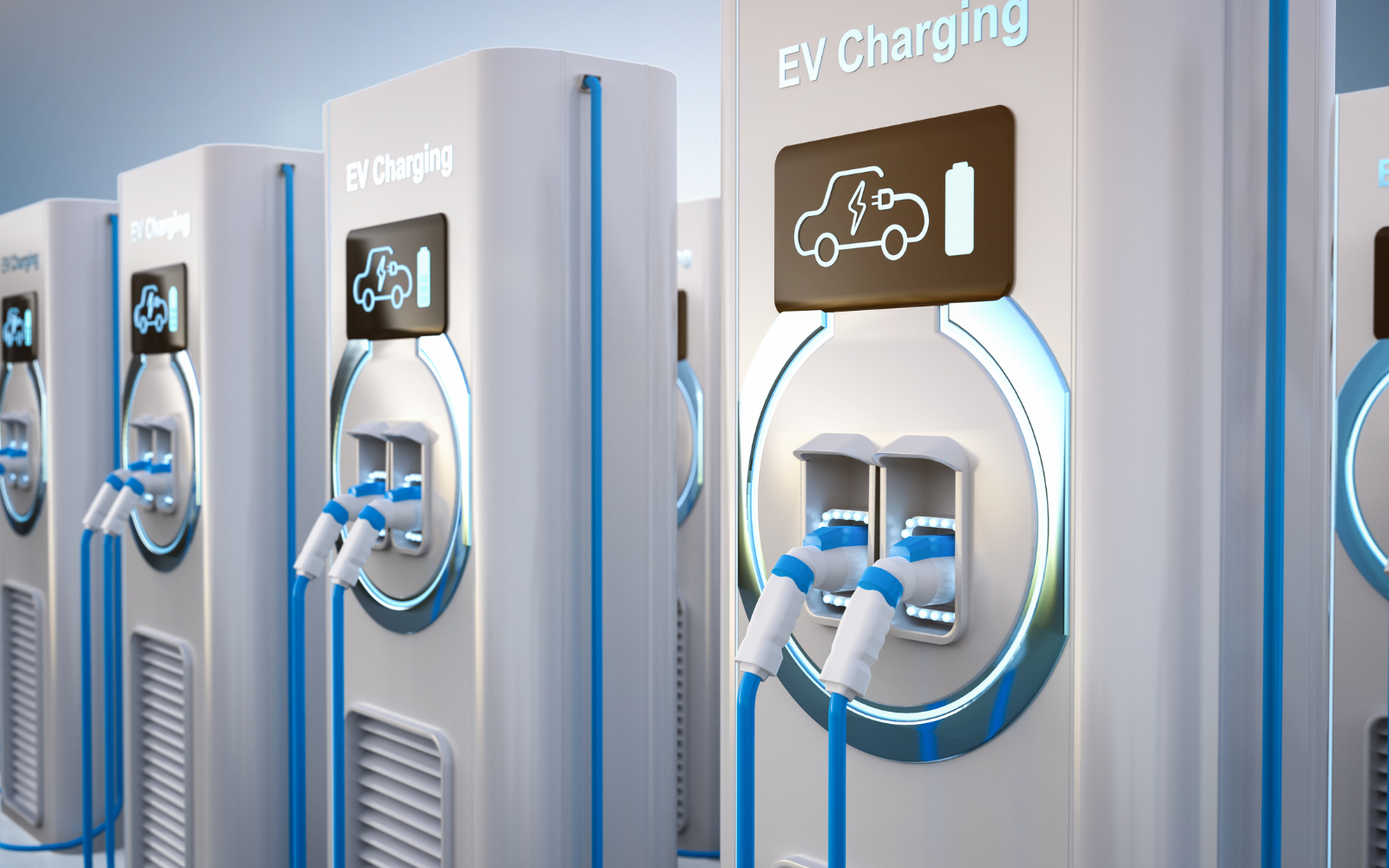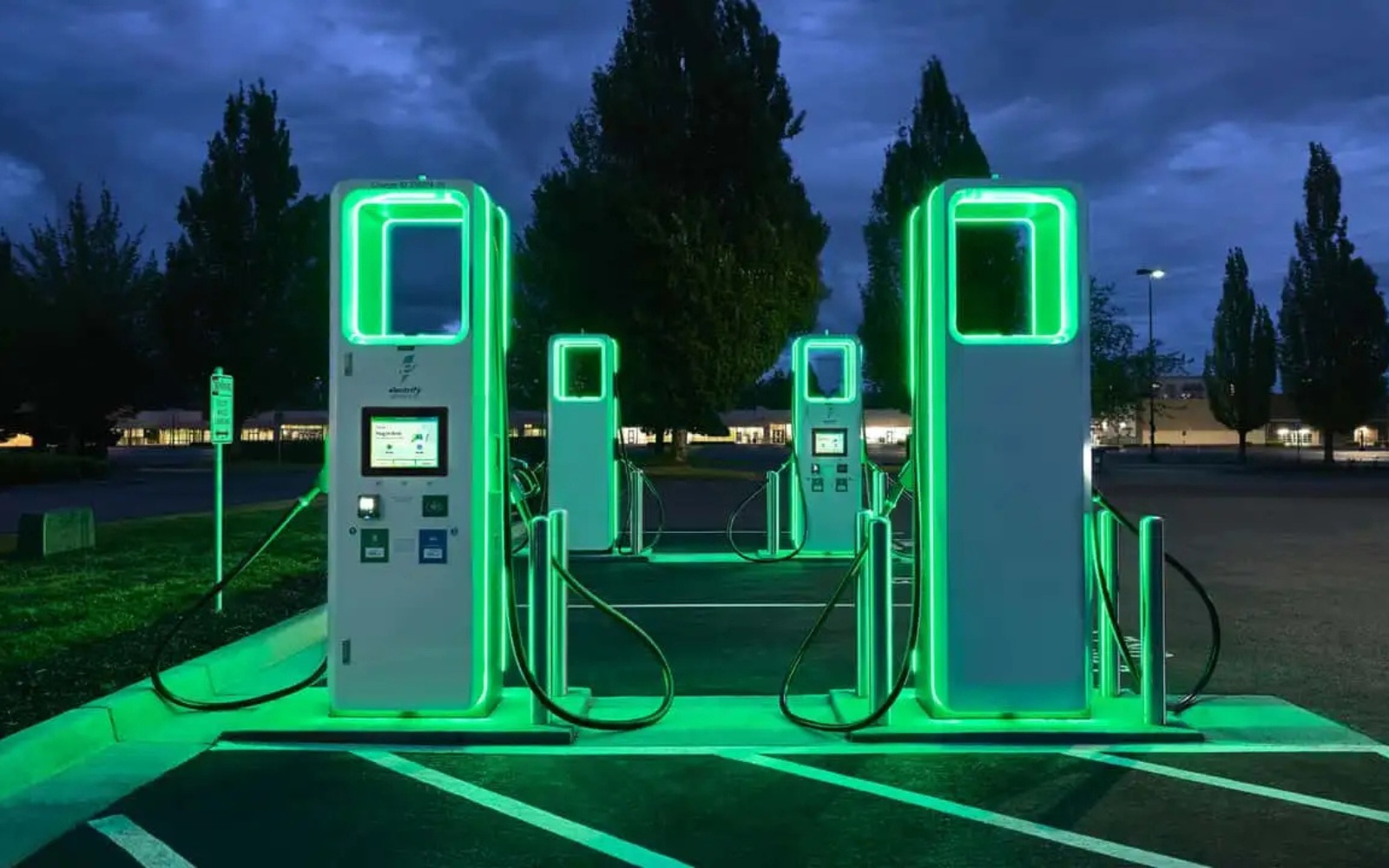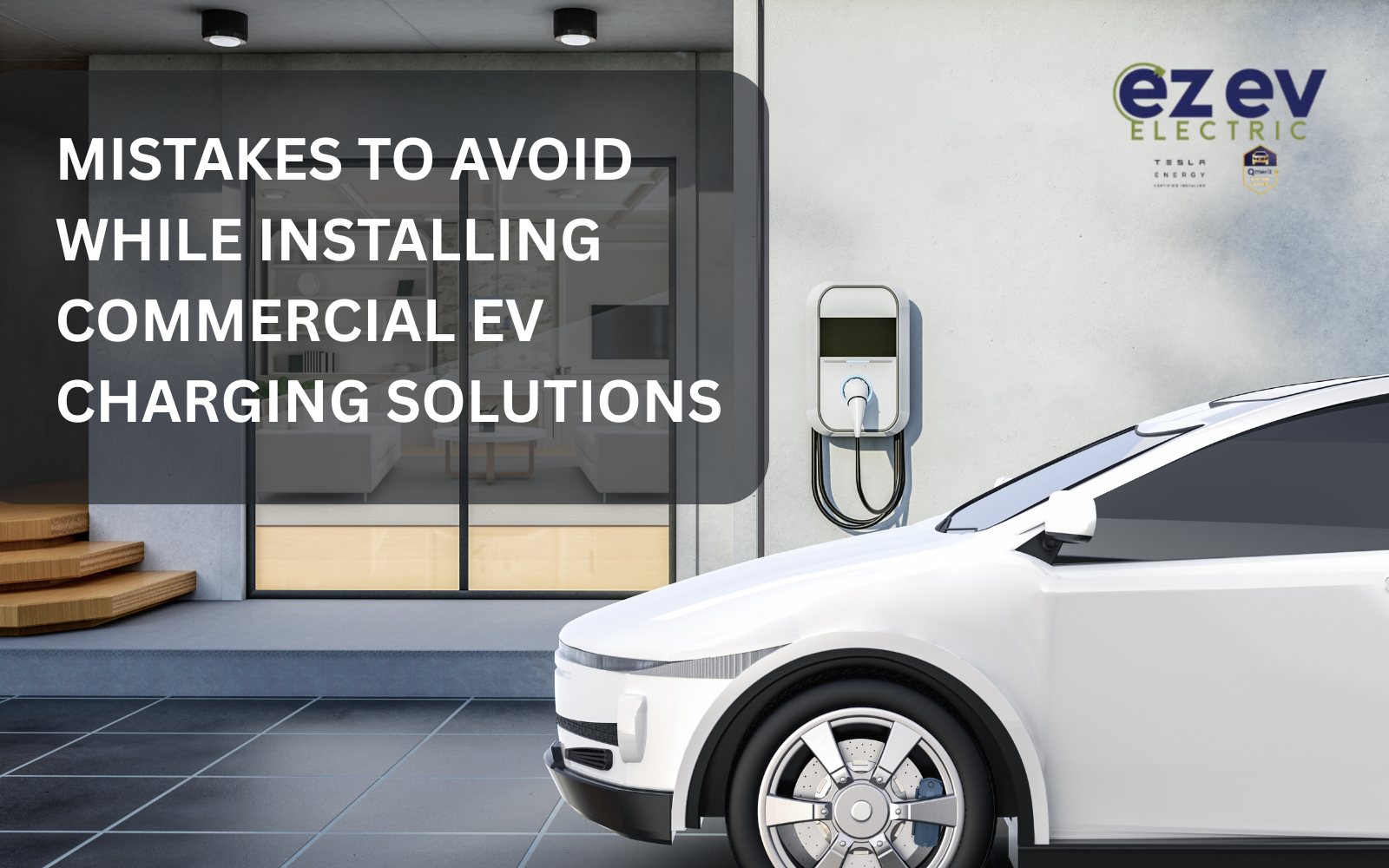While plugging in your electric car at home may appear simple enough, the world of commercial EV charging is something else entirely.
Put another way: your kitchen toaster requires only a simple circuit breaker. But the industrial-sized oven at a bakery? That demands something else, a much more sophisticated and complex safety system.
Commercial EV chargers – that’s the ones installed work, at gas stations or in shopping centres – are very different from the charger you might have on your home garage wall, and require a higher level of protection for electrical safety.
Let’s dive into why these powerful public chargers need their own special “protection” compared to their residential counterparts.
The Big Power Difference
EV Chargers at Home:
If you’re charging at home, then you are most likely using a Level 1 or Level 2 charger.
- Level 1 is basically plugging into a standard wall socket (120V AC) – it’s slow, but it gets the job done overnight. Think of it like a trickle charge.
- Level 2 charging is quicker, on a dedicated circuit of higher voltage (240V AC), like the one that powers an electric oven or clothes dryer. This usually means 20-30 miles of range per hour.
Most home chargers are fed by a single-phase power supply, and thereby they draw a current of about 40 amperes. Your home’s existing electrical panel, with its standard circuit breakers, is generally equipped to handle this with the right installation.
Commercial EV Charging Stations
Commercial Level 2 chargers tend to work with three-phase electricity (which is common in commercial buildings) at 208V AC or 240V AC. They can provide more continuous power on multiple vehicles.
DC Fast Chargers (Level 3):
Here is where the real heavy lifting is done. These are the “fill’er up in 20-30 minutes” stations you might see along highways. They function at way higher voltages (480V AC to 1000V DC) and are capable of supplying up to outrageous levels of power, from 50 kilowatt-hours (kW) all the way up to some over 350 kW!
This large disparity in power means commercial chargers can draw considerably more current and work with higher voltages.
As a result, those devices that protect them from electrical faults (such as circuit breakers) are compatible with much higher levels of mechanical load. Whereas a home unit needs only a single-pole breaker, a commercial fast charger requires a three-pole breaker to protect all three phases of the electrical supply serving that particular station. The wiring itself also has to be very much thicker in order to carry these higher currents safely, without warming up.
Beyond the Breaker: Specialty Safety Devices
Both home and commercial chargers must be safe, but commercial environments present special risks that call for added layers of protection.
Ground Fault Protection: A Necessity for Both, but Utilized Differently
Imagine an electrical fault where current escapes the normal wiring path and tries to find a shortcut through to the ground – that’s a ground fault. Both residential and commercial EV chargers absolutely need Ground Fault Circuit Interrupter (GFCI) or Residual Current Device (RCD) protection.
Home:
The RCD/GFCI is in the wall charger or a Specially Dedicated Circuit Breaker (SDCB) located inside your electrical panel.
Commercial:
In commercial settings, these chargers need advanced “earth” (ground) monitoring. This system constantly checks that the safety connection to the vehicle is strong and complete. If that safety connection breaks or gets weak, the charger immediately shuts off the power.
Physical Safety
Your home charger typically spends most of its life in your garage or securely installed on a wall. But commercial chargers are often left exposed, in crowded parking lots, on the sides of roads, or at workplaces. This exposure carries an entirely new set of risks.
- Vehicle Impact:
It could be a stray car, a reversing truck, or even a careless driver that collides with the charging station. This isn’t just an aesthetic problem; it could damage critical electrical components, leading to dangerous situations like exposed live wires. Business charging stations are often guarded by bollards, wheel stops, or heavy metal barriers, which absorb impact and avoid damage. A home charger does not typically require one.
- Vandalism and Tampering:
Commercial chargers need tougher, more robust enclosures and secure mounting to deter tampering and withstand general wear and tear from constant public interaction.
Surge Protection: Shielding Sensitive Electronics
Homes and businesses can be affected by power surges — sudden increases in voltage that can damage electronics. Lightning strikes or power grid fluctuations can cause them, but they may also stem from large appliances turning on and off.
- At Home: Sure, surge protectors are generally a good idea, but a home charger is just another appliance.
- Commercially: A business EV charger is an investment. It is composed of delicate, expensive electronics. If a power surge is strong enough, it might fry the whole unit, leaving you to deal with expensive repairs and downtime to your business.
As a result, almost all commercial installations have separate Surge Protection Devices. These SPDs protect the unit by diverting high voltage to ground before it can reach the charger.
Emergency Isolation: Rapid Response for Public Safety
In a private garage at home, if something goes wrong with your charger, you can typically just throw the main breaker in your house’s electric panel. In the public or business world, it’s not so simple.
Public Safety: Imagine a fire, an electrical fault, or even a damaged cable at a busy public charging station. Not everyone is supposed to know where the main electrical panel for the entire premises is located.
That’s why commercial EV chargers are legally required to have a clearly marked and easily accessible emergency manual isolation switch that can be a big red button or lever. This way, it enables everyone, whether it is a first responder, site manager, or consumer, to immediately cut all power to the charging station in an emergency. This level of emergency, a publicly-accessible shutdown, is rarely a necessity for a home charger.
Fire Safety: An Evolving Concern
Although EV fires are rare, the high amount of energy stored in batteries can make them prone to this very concern.
Commercial:
For commercial charging, specific fire safety measures and ventilation levels may also be required (for example, in a multi-storey car park or underground public car park).
This is to mitigate any risks associated with high-energy-density lithium-ion batteries charging for long periods of time in proximity to other vehicles or infrastructure.
The Bottom Line:
While both commercial and domestic EV chargers serve the same purpose, their level of protection is significantly different. Thanks to varying power demands, usage frequency, environment, and regulatory standards. Commercial units generally require more complex, robust, and coordinated safety features than those installed at home.



